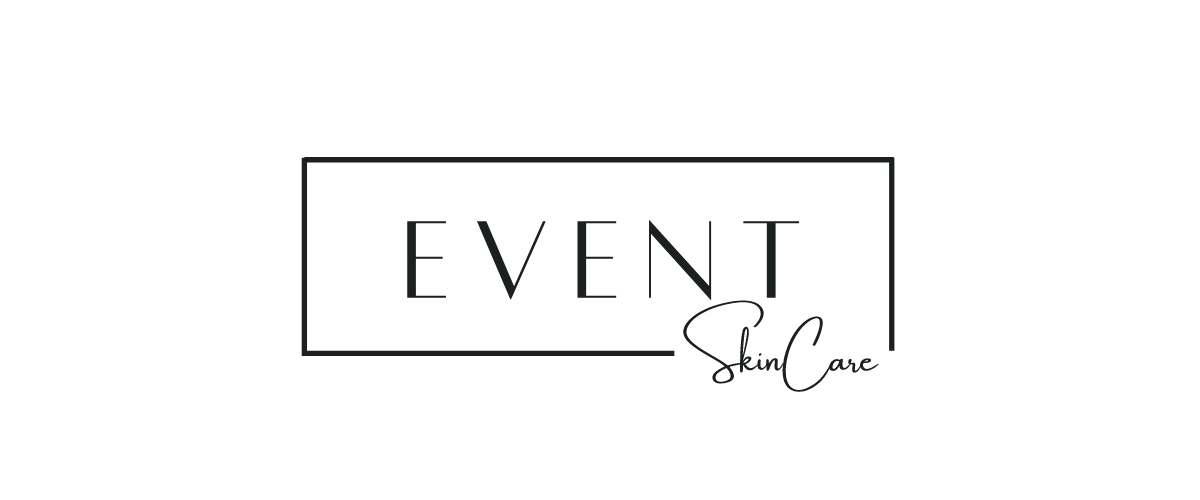The Buzz Behind Jessner Peels
Clients often ask me how much one peel can vary from the next. Chemical peels are not a one-size-fits-all treatment; one peel can vary from the next depending on skin type, skin goals, and the specific acids used. One of my favourites is the Jessner Peel, which has been around for over 100 years. It's named for Dr. Max Jessner, the man who invented the solution used in the treatment.
What is a Jessner Peel?
The Jessner peel is a safe, effective way of maintaining the skin and is also very effective on the body. The peel addresses acne, hyperpigmentation, signs of aging, sun damaged skin and more
It's important to understand that there are three different classes of peels, which fall somewhere on a scale between superficial (requiring little to no downtime) and deep (requiring weeks, maybe even months, of downtime). The Jessner peel falls somewhere in the middle.
The Jessner solution is a commonly used medium-depth peeling agent, which means the solution only affects the upper layer of the dermis, in a controlled manner. The peel features a mix of resorcinol, salicylic acid, and lactic acid.
So why this mix of acids? Firstly, salicylic acid is keratolytic and, therefore, dissolves hardened skin cells within the epidermal (aka outermost) layer of the skin, while lactic acid simultaneously adds a dose of hydration. Resorcinol has natural antiseptic properties.
The Jessner Difference
As mentioned earlier, the Jessner peel is a medium-depth peel, which is what separates it from its more superficial or deep counterparts.
Jessner solution is a leave-in solution that is self-neutralizing and takes several days to complete the peeling process. This kind of peel has to be left undisturbed on the skin for a minimum of six to eight hours post-treatment to allow for the full benefit.
Benefits of a Jessner Peel
Essentially, the Jessner peel deconstructs the topmost layer of the skin and, in turn, triggers an inflammatory response from the skin layers that sit below. Since our skin intuitively heals itself, this leads to the removal of sun damage and the improvement of minor hyperpigmentation, scarring, wrinkles, and elasticity. It also improves cell turnover and helps your skin look younger and brighter
How to Prepare for a Jessner Peel
If you are aware of any sensitivities to chemical peel acids, or the ingredients in the Jessner peel, or if you have very sensitive skin, talk with your skin specialist before getting the Jessner peel.
I recommended that you avoid UV exposure, antibiotics, and anything that could harm/weaken your skin barrier for two weeks before receiving the peel. You should also stop using specific active ingredients including retinol, BHAs/AHAs, and benzoyl peroxide a week before receiving the peel.
What to Expect During a Jessner Peel
Here’s what you can expect during and after your peel: The application of the peel itself only takes a few minutes First, I'll thoroughly clean the skin. After which a layer of the peel is applied using gauze and swiped around the skin. I allow about five minutes for the penetration of the product, and I observe the skin for any reactions. Typically, I apply two to three layers of the peeling solution and then I may apply a corrective agent on top, which can include things like retinol, vitamins, hyaluronic acid, or peptides, depending on our goals for skin and what kind of underlying conditions there are.
Potential Side Effects
Clients will experience some redness, tightness, and peeling afterward, which is normal and should last about five days. If you don’t follow post-procedure directions (like avoiding UV rays after treatment) you could end up with hyperpigmentation.
The main risk is skin blanching (when peeling solution penetrates too deep in the skin because too many layers are being applied.
In other words, only ever go to a licensed professional, and make sure to follow pre- and post-care instructions to a T.
The Cost of a Jessner Peel
At Event SkinCare the Jessner peel cost is $149 to $169 depending on the area to be peeled, and other factors.
Aftercare
Post-peel, avoid applying water- or oil-based products on the application area for six to eight hours or, preferably, overnight. Water can push the solution deeper into the skin, and oil will neutralize the action of the peel. Sweating (hot yoga, exercising) and extreme temperature exposure should also be avoided for the first 24 hours. During this time, only washing, hydrating, and applying sunscreen are allowed. Around day three, the skin will tighten and start to peel, and you'll need to add hydration-promoting products into your regimen. Peeling is usually finished by day five, and after that, active ingredients are carefully reintroduced to the skincare regimen.
Last Thoughts
As always, make sure to consult with a skin specialist before deciding on whether a Jessner peel is right for you. Your specific skin type, skincare goals, and any other underlying conditions will dictate your optimal peel and/or treatment plan.


